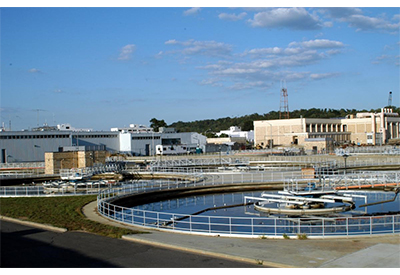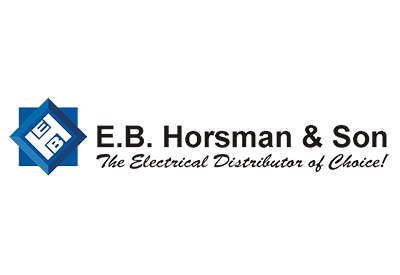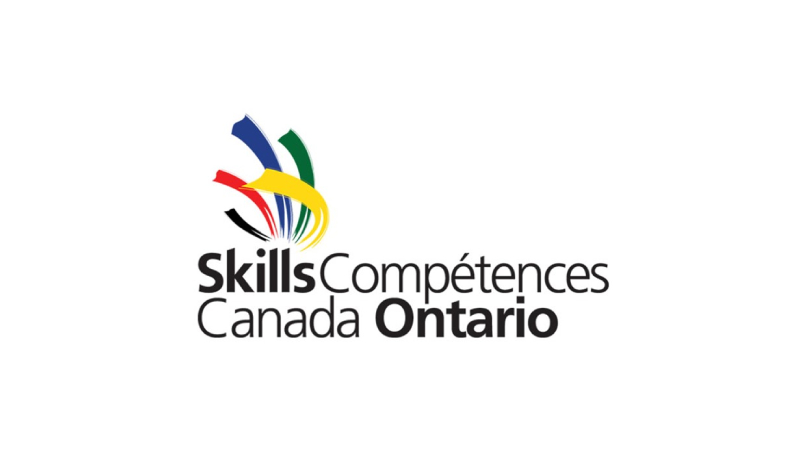Point Source Ventilation And You – Part I

Paul Laplante (Laplante Ricard & Associés), in collaboration with Milan Jovanovic
The right and proper choice of a bath fan is critical, whether for a renovation project, a new series of houses or even multiple unit condominiums.
Did you know that all bath fans are subject to performance certifications similar in nature to CSA,CETL and other certifications that you must respect for any electrical materials you are purchasing and installing?
In residential ventilation,insist on products displaying the HVI (Home Ventilating Institute) performance logo and similarly the AMCA (Air Movement and Control Association).
 |
 |
Why? Because both organizations have as their primary objective your ability to compare impartially and with total confidence the performance of various products for you and your end user. These not-for-profit manufacturer-driven associations have created uniform testing standards to measure performances such as CFM vs. Static Pressure, as well as sound ratings. Each association has its own completely independent testing laboratories in order to maintain testing standards and the integrity of the resulting data. Those logos or seals are your guarantees that the performance criteria indicated by a manufacturer on their literature, website, spec sheets or product boxes are exactly as per what the independent tests have demonstrated and validated.
All manufacturers proud of their products’ performance and quality subject each and every one of them at a substantial cost per test, in order to garner the much coveted performance certifications of HVI and/or AMCA so that you know that you are getting what you pay for. Should you be looking at a fan without these certifications, ask yourself these questions:
• Will the bath fan that I am suggesting for a project or to a house owner reach my expectations in terms of design and customer satisfaction?
• Will the few extra dollars that the tests costs and the value they add to the product be enough to guarantee my customer’s peace of mind?
• Will these few extra dollars saved in recommending and installing an uncertified unit cost me time, money and reputation in the event I field a call back from an unsatisfied customer because the fan once installed does not perform or is noisier than anticipated?
Be proud to recommend and install a bath fan that exhibits these performance trademarks.
If you are unsure about what to suggest or are going to install, if you do not know whether the brand or the manufacturer would pass inspection requirements and codes, consult this site: www.hvi.org. If the manufacturer’s name is not found, then be prepared to accept the risk that this implies: a product that will underperform against other similar products showing the required certifications. A product where its manufacturer prefers shaving selling costs in order to be the cheapest, without caring about the ultimate satisfaction of customers and end users. This is the equivalent of “looks like a fan, makes noise, who cares what it can really extract, and it’s really at a low cost” syndrome. You can find such manufacturers in many markets, at the corner of each street usually vanishing from sight and warranty obligations a couple of years later.
In most parts of Canada, provinces and municipalities emulate national building codes pertaining to spot ventilation.
Novoclimat and you
For those of us in the province of Quebec,we are governed by an additional program that goes beyond the provincial building codes, called Novoclimat 2.0, directed by the Natural Resources Ministry (NRM), Section: 3.4.16 Ventilation in bathrooms.
R Mallows the possibility of installing a fan with outside discharge, independent from the heat recovery ventilator (HR) normally required in the house, as long as it meets the following standards:
1) It isinstalled in the third bathroom and any powder room
2) It has a nominal extraction capacity of 53 CFM at a static pressure of 0.1 PSI with a maximum of 2 sones in sound rating.
3) Be controlled by some kind of control built in or not, permitting the fan to be switched on for a predetermined period ranging from 20 to 60 minutes after the operator has switched the fan off
4) Respect the following Energy Star’’ requirements:

| 5) Master bathrooms and Novoclimat 2.0: these areas are where Novoclimat 2.0 states that they must be serviced by a intake vent going to an HRV but that a supplementary bath fan with direct exhaust to outside is permitted to be installed providing the intake vents to the HRV respect a minimum of 40 CFM per vent. |
In today’s competitive world,which often has very slim margins, distinguish yourself by recommending and installing the best your customer is able to afford both in quality and performance. You and your company will immediately start distancing yourself from the pack (if you have not done so already). Your customers will know the difference you bring to them and will pass on through word of mouth or, even better, social media, that you are the company to contact for getting a job done to the highest of standards!
In an upcoming issue I will discuss the relevant number of supply/control wires needed to provide end users with value added accessories in the near future and the impact of DC motor technology on the what used to be ‘’the humble bath fan.’’
Paul Laplante is a manufacturer’s representative and co-owner of Laplante Ricard & Associates. He has worked in the electrical and ventilation fields for more than 35 years. Milan Jovanovic has worked in the field of mechanical ventilation for a number of years and is a former president of A.S.H.R.A.E.’s Quebec City chapter (2005-2006).
















